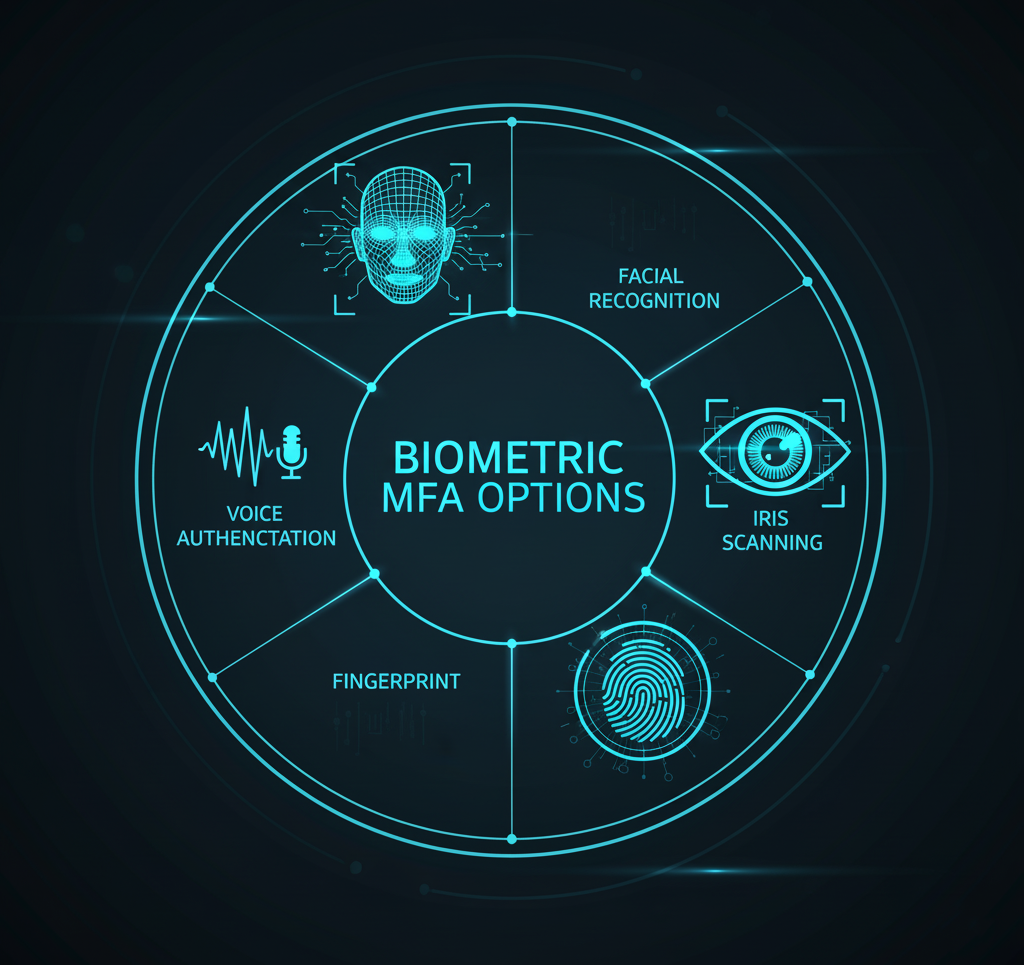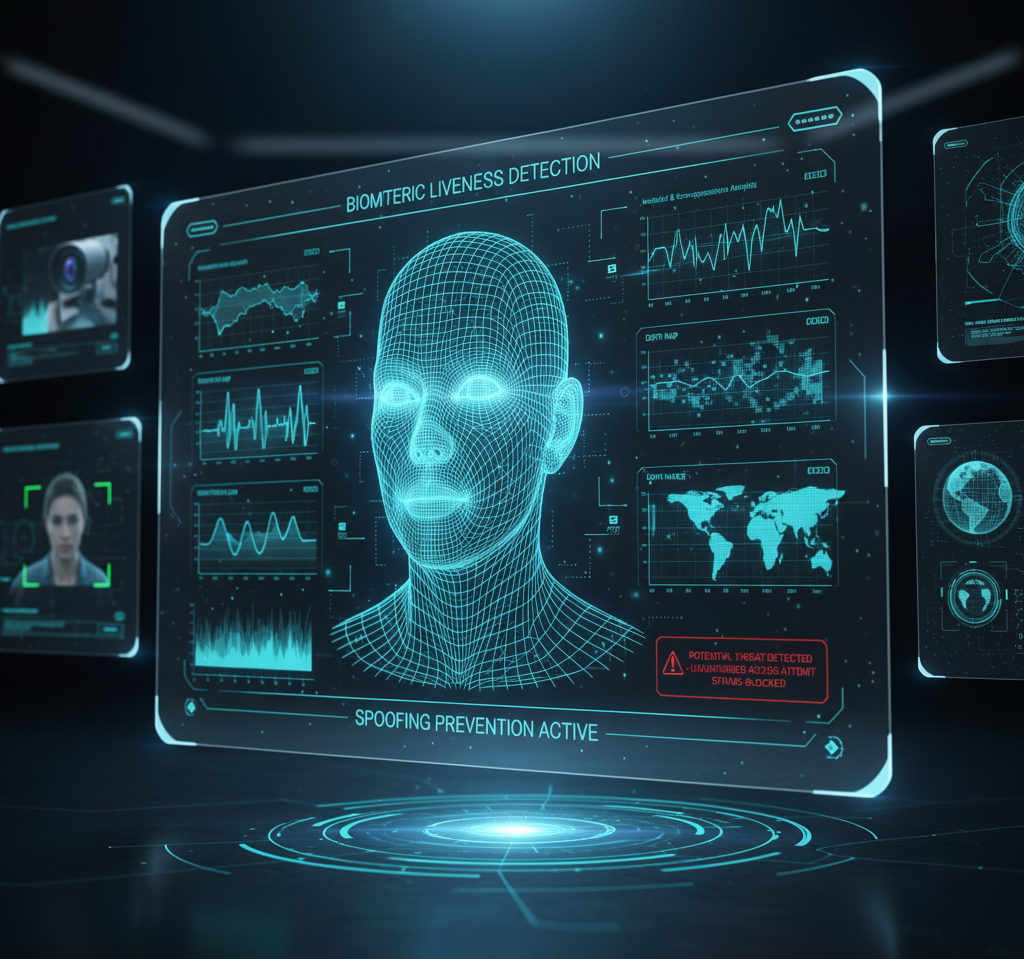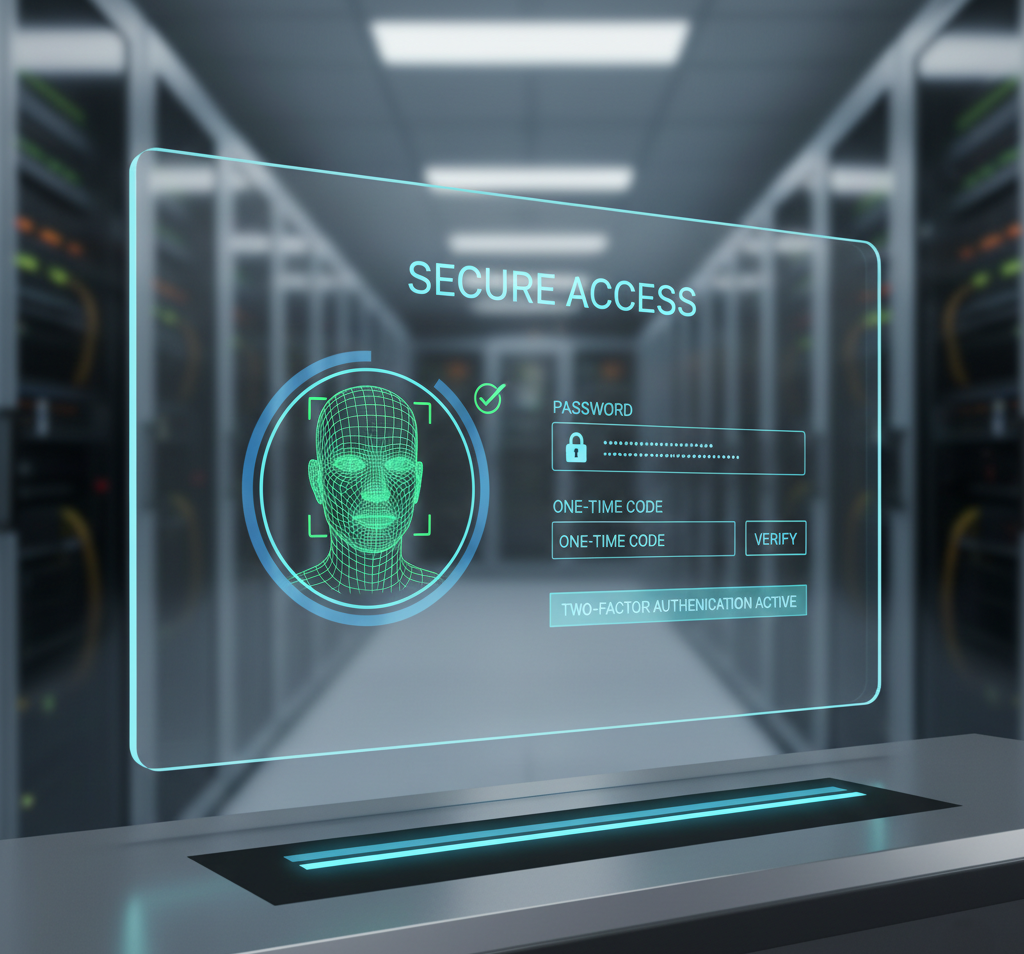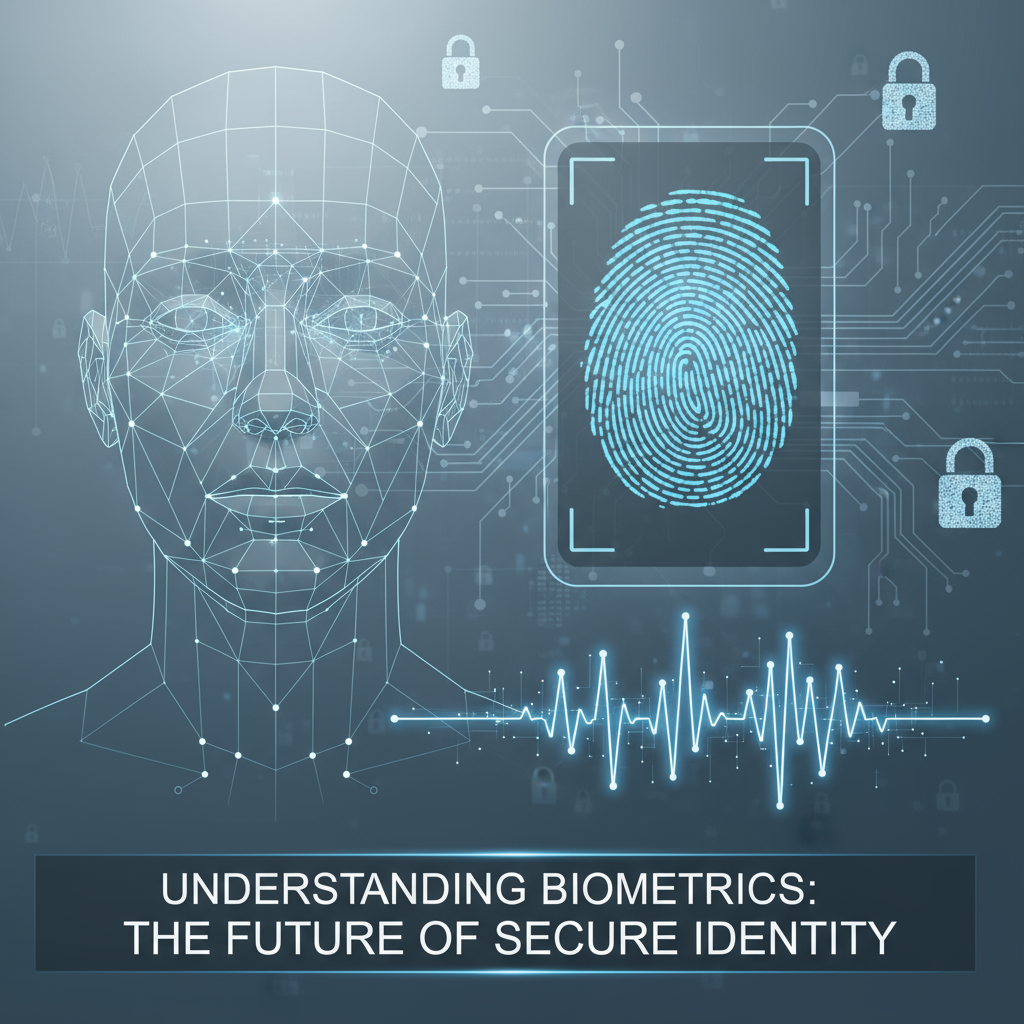In today’s digital landscape, securing enterprise systems is more critical than ever. Multifactor authentication (MFA) plays a pivotal role in strengthening login security by requiring users to verify their identity using multiple authentication factors. Among these, biometric authentication—using unique physical or behavioral traits—is emerging as a highly effective and user-friendly MFA factor. This blog explores how biometrics enhance multifactor authentication to provide robust enterprise security.
Understanding Multifactor Authentication (MFA)
Multifactor authentication involves verifying a user’s identity through two or more independent factors. These factors generally fall into three categories:
- Knowledge factor: Something the user knows (e.g., password, PIN)
- Possession factor: Something the user has (e.g., security token, mobile device)
- Inherence factor: Something the user is (e.g., fingerprint, face, voice)
MFA significantly reduces the risk of unauthorized access by layering multiple defenses. Even if one factor is compromised, the additional layers protect sensitive systems from intrusion.

What is Biometric Authentication?
Biometric authentication leverages unique biological or behavioral characteristics to confirm identity. Common biometric modalities include fingerprints, facial recognition, voice patterns, iris scans, and even behavioral biometrics like typing rhythm.
Biometric data is captured through sensors, securely processed, and matched against stored biometric templates to verify authenticity. The uniqueness and permanence of biometric traits make them difficult to replicate or steal, which strengthens security.
Role of Biometrics in MFA
Biometrics serve as an inherence factor in MFA schemes. When combined with knowledge or possession factors, biometrics add a highly reliable layer of authentication. For example, a user may enter a password (knowledge) and then authenticate via facial recognition (biometric inherence).
Using biometrics in MFA improves security by making stolen credentials alone insufficient for access. It also provides seamless user verification without the need for physical tokens.
Also Check: Combat Card-Not-Present Transaction Fraud Rates with Biometrics
Key Features for Effective Biometric MFA Systems
Enterprises should look for these features when implementing biometric MFA:
- Multi-modal biometric support: Support for multiple biometric types enhances flexibility and accessibility.
- Liveness detection: Ensures the biometric sample is from a live person rather than a photo or recording, preventing spoofing attacks.
- On-device biometric matching: Conducting biometric verification locally on a device enhances user privacy and security by minimizing data transmission.
These features help build robust biometric MFA systems resistant to common attacks.

Advantages of Biometric MFA for Enterprises
Biometric MFA offers several benefits beyond traditional methods:
- Enhanced security: Biometrics prevent credential theft and phishing attacks by requiring unique physical characteristics.
- Improved user experience: Passwordless biometric logins enable faster, more convenient access.
- Regulatory compliance: Adopting biometric MFA aids compliance with industry regulations requiring strong authentication controls.
These advantages make biometric MFA a compelling choice for modern enterprises.

Challenges and Considerations in Biometric MFA Implementation
While promising, biometric MFA comes with challenges:
- Privacy concerns: Enterprises must ensure secure storage and handling of sensitive biometric data to protect user privacy.
- Integration complexity: Seamless integration with legacy systems and diverse platforms can be technically demanding.
- User acceptance: Addressing accessibility for users with disabilities and providing fallback authentication methods are essential.
Planning around these considerations is crucial for successful deployment.
Conclusion
Biometrics significantly enhance multifactor authentication by adding a highly secure and user-friendly inherence factor. When integrated effectively, biometric MFA strengthens enterprise defenses against evolving cyber threats while simplifying user access. Organizations that adopt biometric MFA solutions position themselves for greater security resilience and operational efficiency.
FAQs
1. What types of biometrics are commonly used in MFA?
A: Fingerprints, facial recognition, voice recognition, and iris scans are widely used biometric modalities.
2. How does liveness detection improve biometric MFA?
A: It verifies that the biometric sample is from a live person, preventing spoofing with fake images or recordings.
3. Can biometric MFA replace passwords entirely?
A: Increasingly, biometric MFA supports passwordless authentication, but fallback methods may still be needed.
4. Is biometric data stored centrally or locally?
A: Best practices recommend on-device biometric matching to enhance user privacy.
5. How can enterprises address user privacy concerns?
A: By implementing strong encryption, secure storage, and transparent policies on biometric data use.




